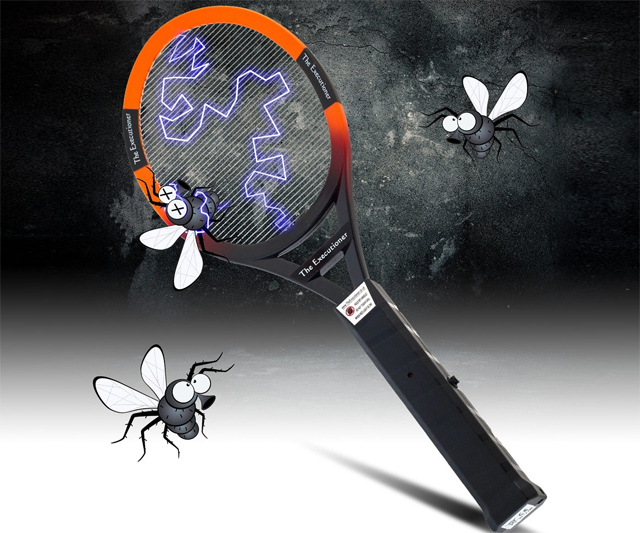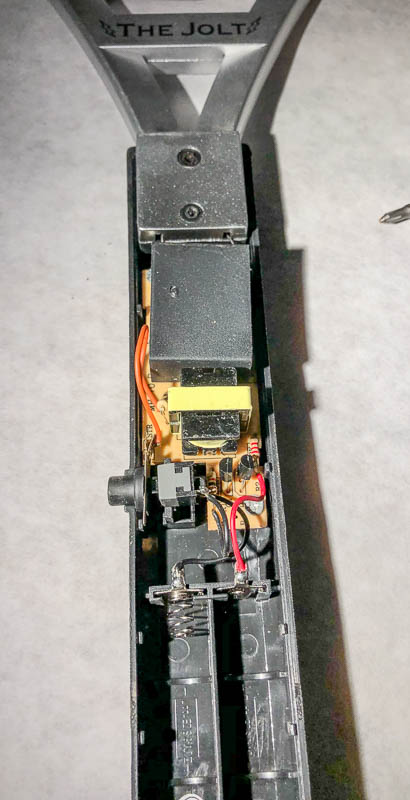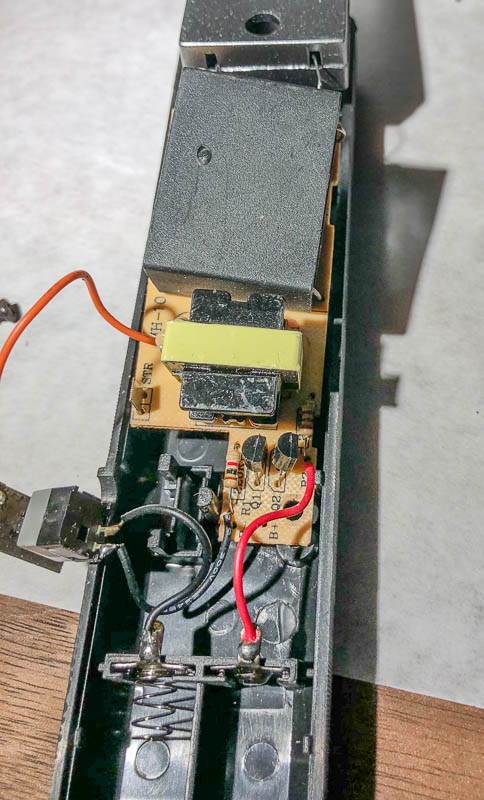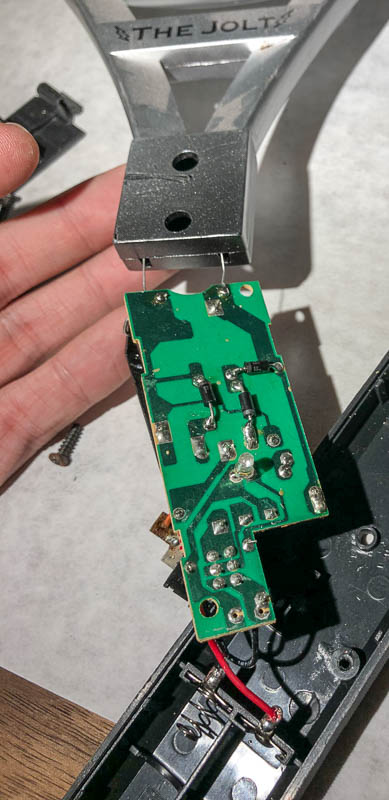Tremelune
Newly Enlightened
I have one of these mosquito-killing zap rackets (they're life-changing—everyone should own a few):
https://www.amazon.com/gp/product/B000MU2MJA/?tag=cpf0b6-20
Today, while trying to do some work around the yard, I was getting murdered by black flies. I wound up zapping an average of several per second for about an hour. It was unreal. Someone else did the work while I actively protected them from flying insects.
Through the smell of burning bug, I would sometimes notice that some of the flies would recover after being zapped and fly again. This is unacceptable. They are unrelenting, and I must put an end to their bloodlines forever.
Aaanyway, does anyone know what I would need to do to increase the power of the zap? Higher voltage batteries? A capacitor that can dish out more current? I'm handy with a soldering iron and/or a high-powered stereo install, but I've never quite taken on a project with the simple goal of increasing the danger of an electronic component...I'm thinking perhaps replace the AA batteries with an 18650, but I suspect other components might need to be juiced up as well. The limiting factor is just...not melting the plastic.
Power goal is to ignite a wasp in mid-air, but I would settle for killing flies dead without having to step on them.

https://www.amazon.com/gp/product/B000MU2MJA/?tag=cpf0b6-20
Today, while trying to do some work around the yard, I was getting murdered by black flies. I wound up zapping an average of several per second for about an hour. It was unreal. Someone else did the work while I actively protected them from flying insects.
Through the smell of burning bug, I would sometimes notice that some of the flies would recover after being zapped and fly again. This is unacceptable. They are unrelenting, and I must put an end to their bloodlines forever.
Aaanyway, does anyone know what I would need to do to increase the power of the zap? Higher voltage batteries? A capacitor that can dish out more current? I'm handy with a soldering iron and/or a high-powered stereo install, but I've never quite taken on a project with the simple goal of increasing the danger of an electronic component...I'm thinking perhaps replace the AA batteries with an 18650, but I suspect other components might need to be juiced up as well. The limiting factor is just...not melting the plastic.
Power goal is to ignite a wasp in mid-air, but I would settle for killing flies dead without having to step on them.






